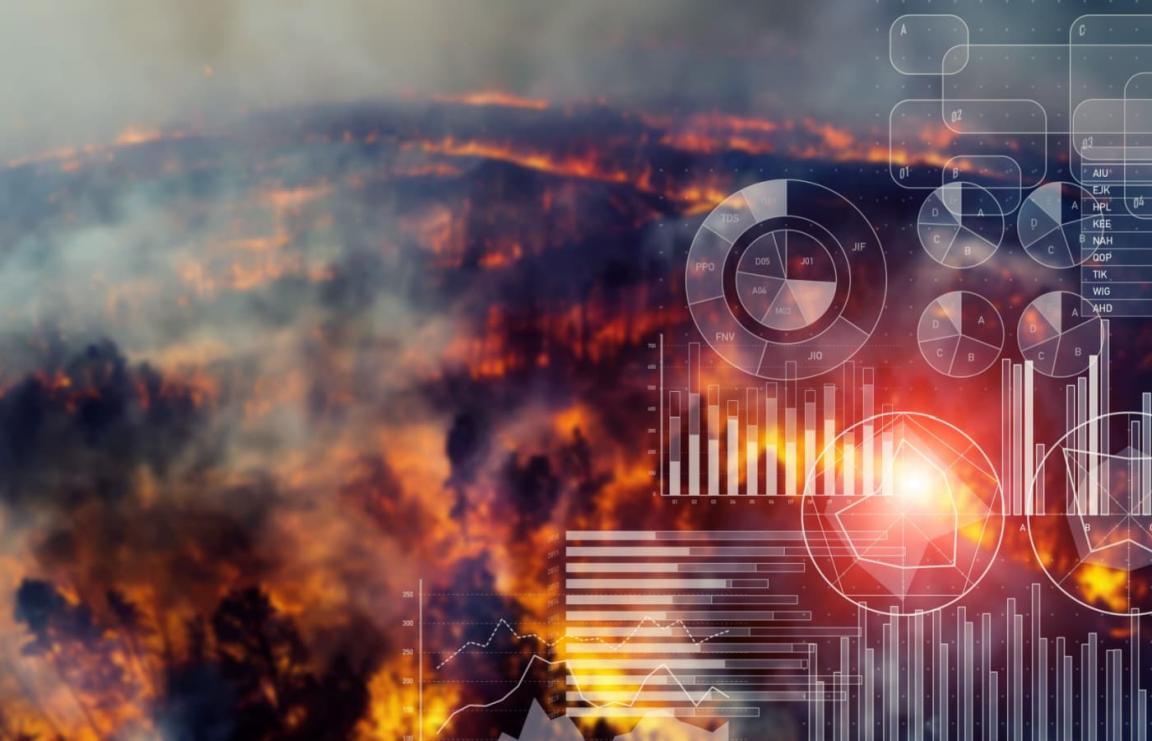Analyzing the Accuracy and Reliability of Satellite Data for Disaster Management: A Comparative Study
With the increasing frequency and severity of natural disasters, the need for accurate and reliable data for effective disaster management has become paramount. Satellite data has emerged as a valuable tool in this regard, providing timely and comprehensive information about disaster-affected areas. This article aims to analyze the accuracy and reliability of satellite data for disaster management, shedding light on its potential and limitations.

Background
Satellite data encompasses a wide range of information gathered from various types of satellites orbiting the Earth. These satellites employ different technologies to collect data, including optical imagery, radar imagery, synthetic aperture radar (SAR) imagery, and multispectral imagery. Each type of data has its own advantages and limitations:
- Optical imagery: Provides high-resolution images of the Earth's surface, allowing for detailed visual analysis. However, it is limited by cloud cover and darkness.
- Radar imagery: Utilizes radio waves to penetrate clouds and darkness, making it suitable for all-weather and nighttime imaging. However, it has lower resolution compared to optical imagery.
- Synthetic aperture radar (SAR) imagery: Combines the advantages of radar and optical imagery, providing high-resolution images regardless of weather conditions. However, it is more expensive and complex to process.
- Multispectral imagery: Captures data across multiple wavelengths, enabling the identification of specific features and materials. It is commonly used for land cover classification and vegetation analysis.
Satellite data has been successfully employed in various disaster management applications, including:
- Damage assessment: Satellite imagery can provide detailed information about the extent and severity of damage caused by disasters, aiding in the allocation of resources and relief efforts.
- Flood monitoring: Satellite data can monitor the movement and extent of floodwaters, enabling early warning systems and evacuation planning.
- Forest fire detection: Satellite imagery can detect and track forest fires in real-time, facilitating rapid response and containment efforts.
- Drought monitoring: Satellite data can monitor vegetation health and soil moisture levels, providing early warning of drought conditions and supporting agricultural planning.
Methodology

This study focuses on a specific disaster event in a defined study area. The data collection and processing methods employed include:
- Data collection: Satellite data from various sources, including government agencies, commercial providers, and international organizations, is acquired for the study area and time period of interest.
- Data preprocessing: The satellite data is preprocessed to correct for geometric distortions, radiometric errors, and atmospheric effects.
- Data analysis: Statistical and analytical techniques, such as image classification, change detection, and regression analysis, are applied to extract meaningful information from the satellite data.
Results
The study's findings are presented in a clear and concise manner, covering both accuracy and reliability assessment results:
Accuracy Assessment
- Overall accuracy: The overall accuracy of the satellite data in representing the actual conditions on the ground is evaluated using reference data, such as ground-truth observations or high-resolution imagery.
- Thematic accuracy: The accuracy of the satellite data in classifying different land cover types or features is assessed using confusion matrices and kappa statistics.
Reliability Assessment
- Temporal reliability: The consistency of the satellite data over time is evaluated by comparing data from different dates or time periods.
- Spatial reliability: The consistency of the satellite data across different locations is assessed by comparing data from adjacent areas or regions.
The implications of these findings for disaster management practices are discussed, highlighting the strengths and limitations of satellite data in various applications.
Discussion
The article explores potential reasons for any observed inaccuracies or unreliability in the satellite data, considering factors such as sensor characteristics, atmospheric conditions, and data processing techniques.
The limitations of the study are acknowledged, and areas for future research are suggested, emphasizing the need for continued investment in satellite data collection and analysis for disaster management.
The article summarizes the main findings of the study, reiterating the importance of accurate and reliable satellite data for disaster management. Recommendations for improving the accuracy and reliability of satellite data in the future are provided, highlighting the need for collaboration among researchers, policymakers, and disaster management agencies.
YesNo

Leave a Reply